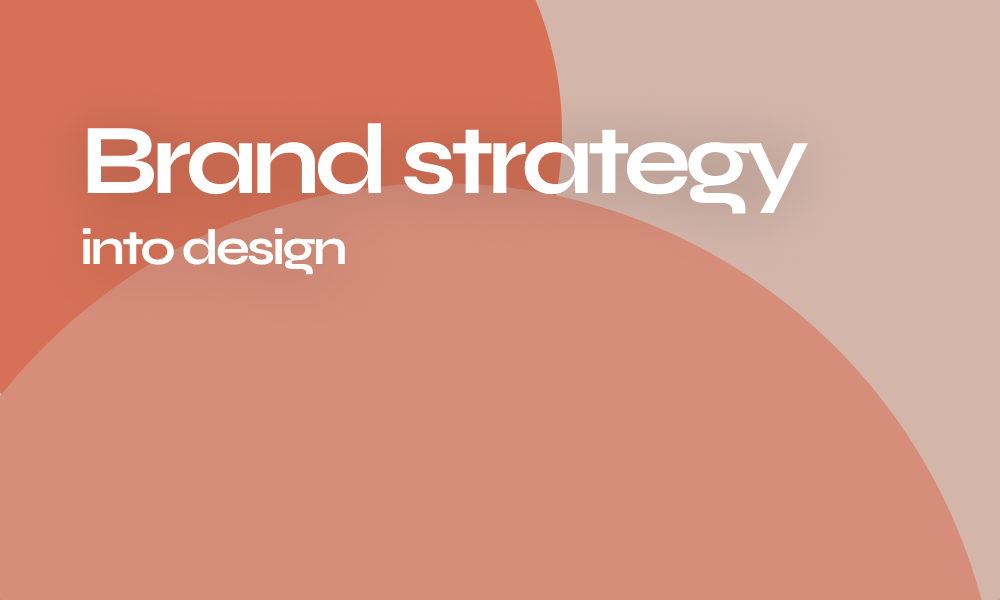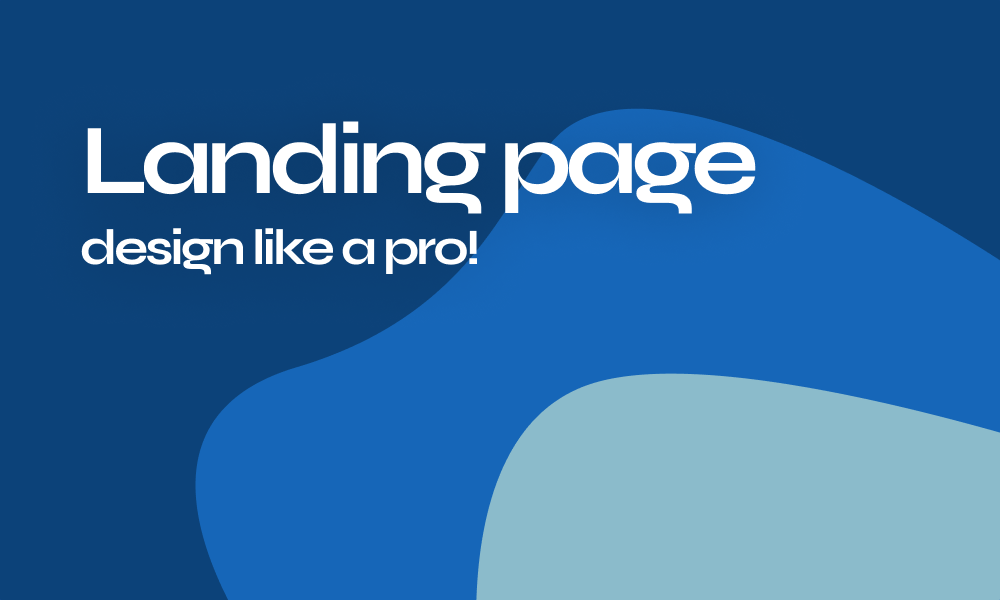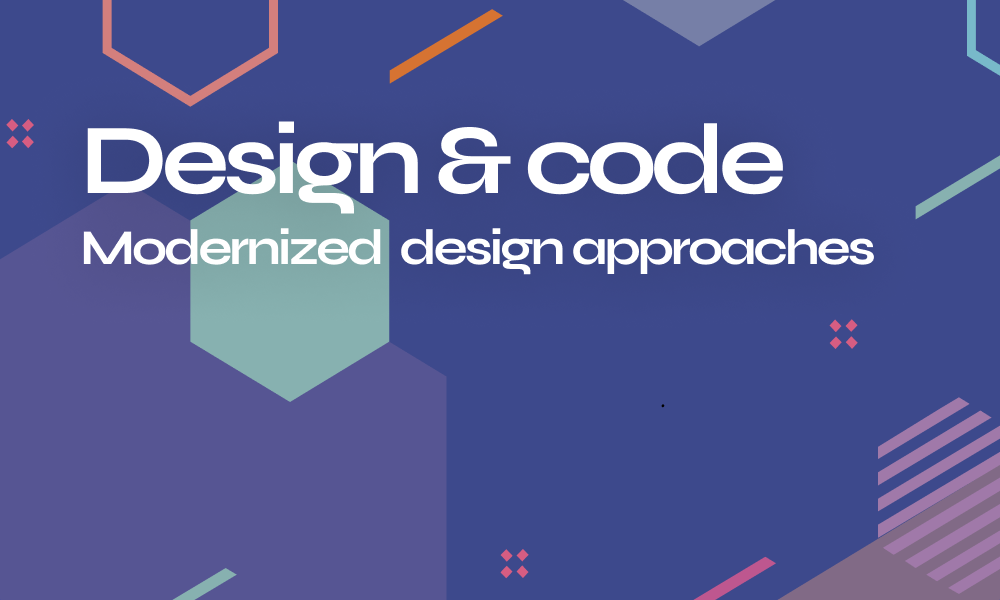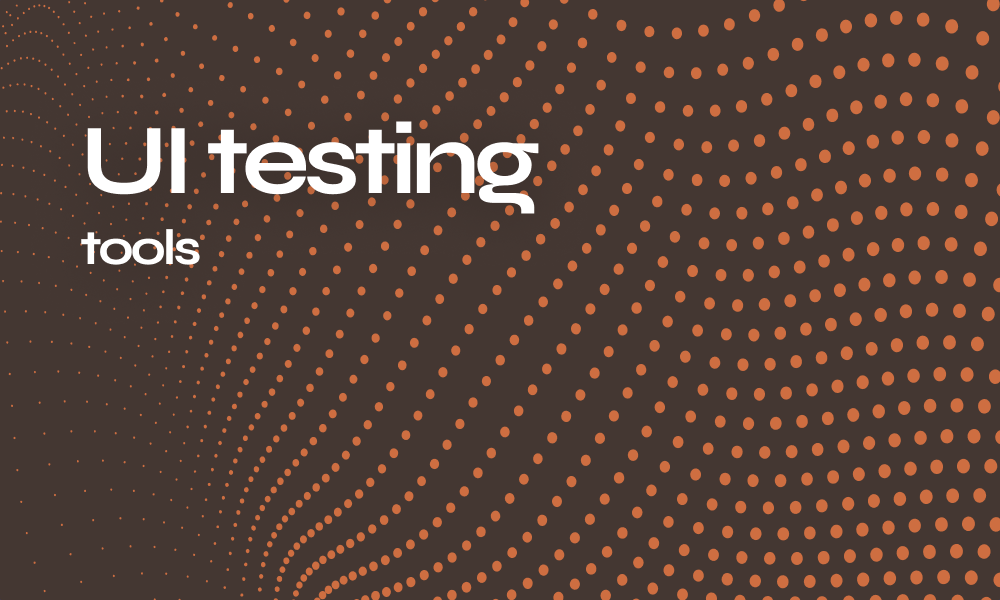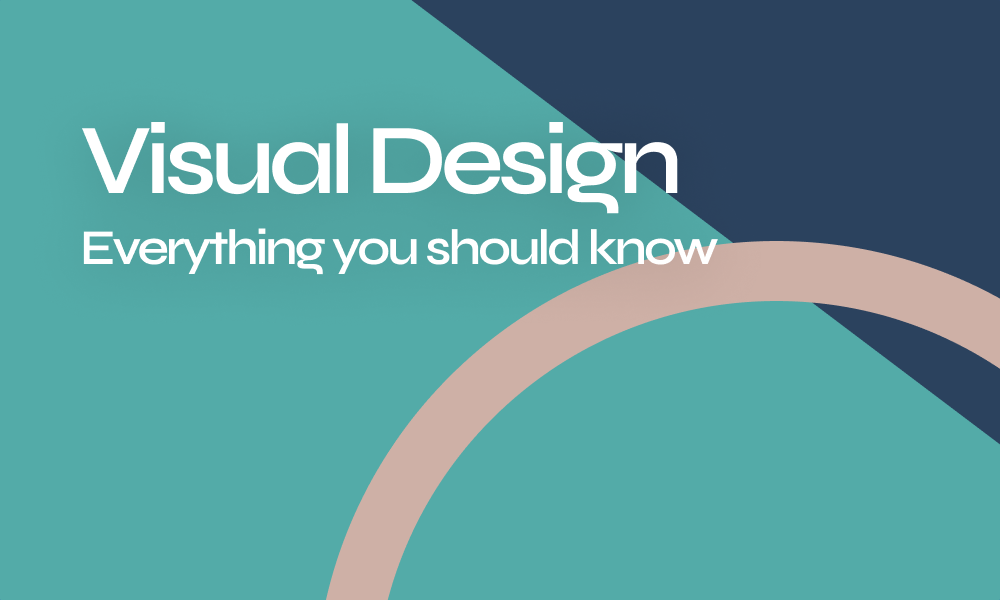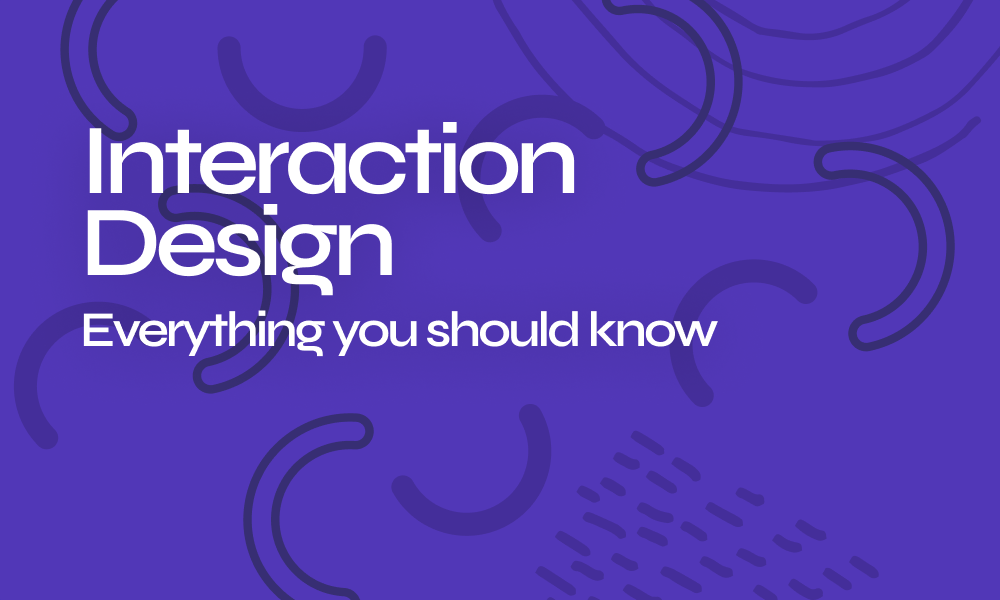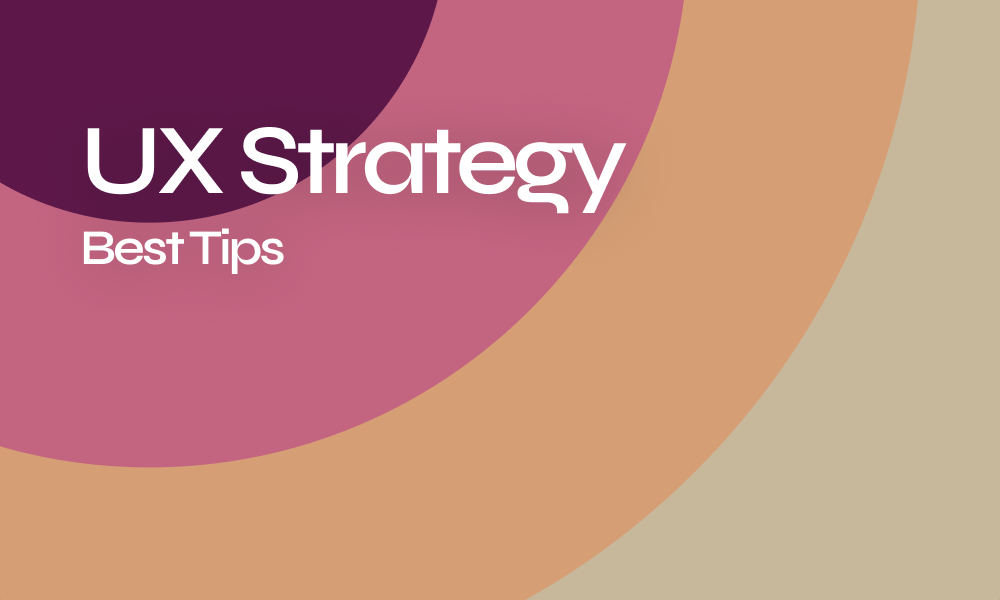
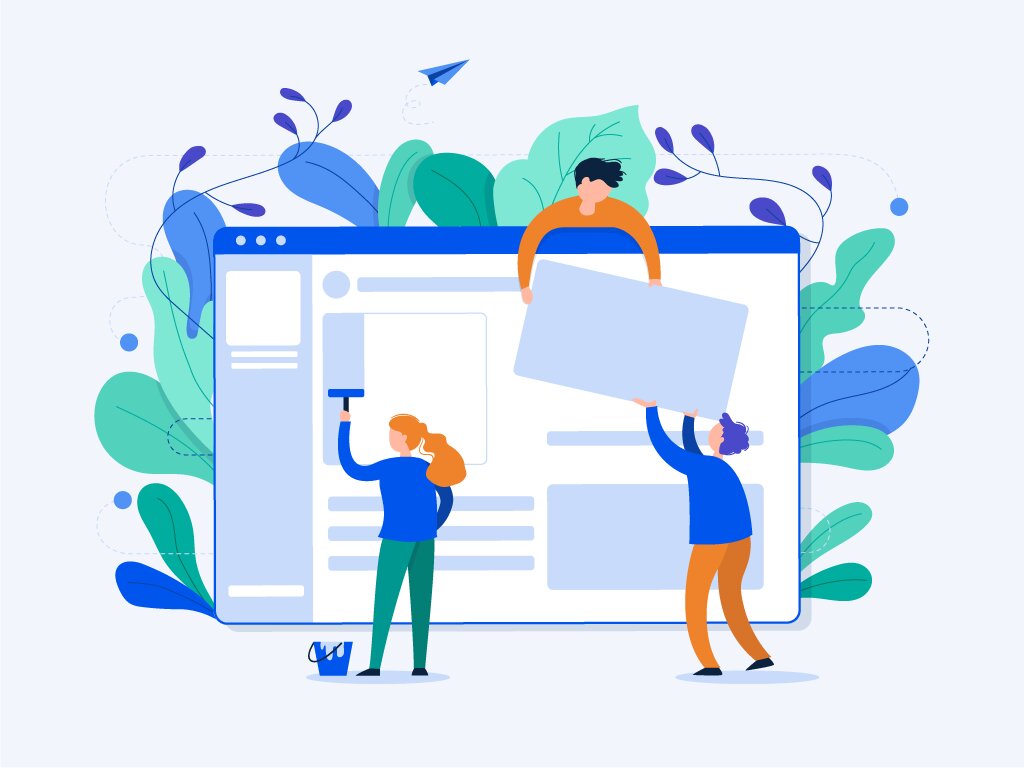
Are you struggling with an existing design-development handoff process that leads into poor and inconsistent product design? If yes, then are you looking to improve the overall design workflow significantly? Again, if yes, then a design system is the solution that will help you to create beautiful designs in a better and faster way.
It is no wonder that the design system is a phrase which has gained a lot of momentum, emotions, and interest in recent times. Adopted by the world’s leading corporates like Google, IBM, Polaris, Shopify, Salesforce, etc. is merely not a coincidence.
So why should you or your company use the design system? Let us understand through this article.
Understanding Design System and Need for it
A design system is a component driven tool which can be used as an approach to develop a software product. It includes the standards, principals, guidelines, philosophies, code, etc. Professionals believe the design system to be a perfect tool for designing at a scale, avoiding handoff issues, and fostering greater coherence in between the design and software development teams.
To put it in a sentence, Design system is a design guide that brings a range of advantages for software communication, people, and businesses.
Design Systems : Why do you need one?
The Existing Problems
In most of the cases, following is the reality of IT projects in the majority of software development companies. A glaring stat reveals that,
- Only 2.5% of organizations complete their IT projects with 100% success.
- 66% of IT projects eventually run over the budget.
- An average IT project cost exceeds the planned budget by 27%.
Have a look at some of the factors which resonate a cry for the much needed change.
Constant Inconsistency
Multiple people working on the same IT project will result in more chances of design inconsistencies without a standardized methodology.
Poor UX
Even using the similar elements, does each platform (web, mobile, or tablet) you develop look and work different? This results in poor product experience and quality.
Inefficiency
Lot of companies waste time and money in designing new systems, modules, iterations from scratch. This results in extended time to design.
High Design Costs
More the inconsistencies, more the changes will come in future. Clients end up paying costs way over the planned budget resulting in less satisfaction.
The purpose of the design system is to avoid these problems leading into a complete chaos.
How Design Systems Can Help?
Design system welcomes the concept of Atomic Design. It is a component-driven methodology that helps designers to break down the interface into various components. Atomic design is a design methodology to work on atoms, molecules, organisms, templates, and pages concurrently to create effective interface design systems, in less time.
Atoms bond together to create molecules, and molecules combine to form organisms, which is used in templates to finish off a page. Likewise, we can break interfaces down into building blocks and work up from the very bottom of it, from the atom stage itself if needed.
Design handoff is the process of handing over all the design creations to the development team to make them functional via website or a mobile app. A lot of issues are there in the conventional handoff process based on iterations, change requests, and more. Design systems eliminate this by allowing teams to focus on used components only and installs better collaboration in place between teams.
Who May Design Systems at the earliest?
The design system is needed for the following:
- Businesses with extensive and scalable ecosystems based on IT projects that require future development and upgrades.
- Companies having a pipeline of new software development projects.
- Internal design and dev teams of any organization experiencing issues in design communication, quick prototyping, and consistent product UX.
Benefits of the Design System
Quicker Prototyping
Design system provides a complete list of atoms when you are about to start. This helps you to build mock up pages quickly. All you need to focus is practicing on working with the combinations of the required components or elements to create a page. You can customize the mock up at a later stage to finalise it.
Installs Consistency
As the design system allows you to have access to the common components used to create design, it helps to break down the interface into discrete components to identify the used components. Hence, it helps the further development projects for maintaining the design consistency for Android, iOS, and web platforms.
Time Benefit
Design system helps designers to gain more time by building faster products. This time can be used in other areas. This allows companies to save design costs and invest more in understanding users needs. It will be a well worth investment for a long term product vision and success.
Enhanced Communication
Design team can provide better clarity to developers via the design system to understand how to build the components while maintaining a predefined style. Moreover, the design systems can be shared with multiple project teams, it helps to leverage the efforts of each other for a common goal. It fosters better communication between design and dev teams as the discussions will be clear and in reference to one tool only, the design system.
Easy Understanding
Using the atomic design methodology, the code of a website becomes way easier to read than the codes of a conventional website, if small changes are needed to be done in future or while taking the website as a reference. The detailed documentation on what atoms or molecules or organisms are used and where, it becomes easy to derive and understand what each part of the code represents. From this, it is understood that a new developer added to the project team can easily understand the workflow and the system itself.
Final Takeaway
Why reinvent the wheel for new experiences for your products? Keep your stakeholders aligned with the design vision of the company with a unique design system to focus on pixel-perfect development that adds and boosts brand value.
Happy designing!!

